A room has five sides. Five sides? Yes. It actually has six, but since you’re not going to shoot a 360 degree perspective, for the point of this discussion there are only five sides. The purpose of this tutorial is to learn how to light up each of these five surfaces—the walls and the ceiling—so that each one has a point of interest. Jay P Morgan demonstrates how to light a room:
A window in a room can sometimes act as a nuisance, as much as it’s an advantage in other situations. You cannot change the position of the window.
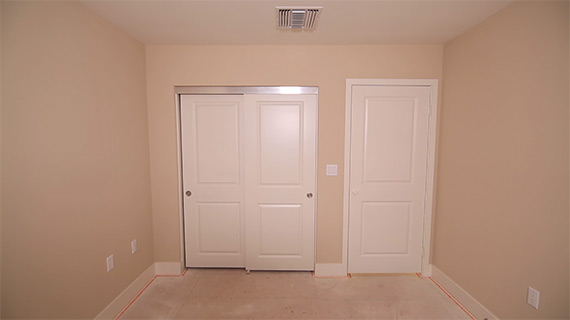
A flat scene with the window at the photographer’s back
But you can change the position of the camera.
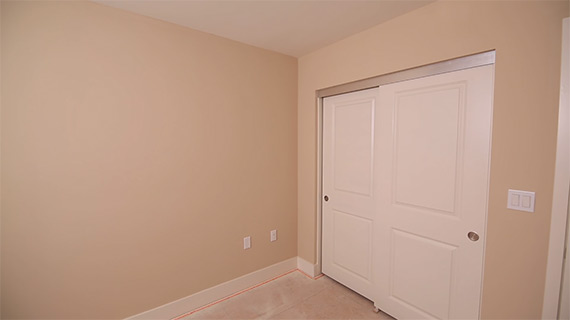
Change the camera position to create more flattering light
Changing your perspective and lighting angle creates defined lines and slightly more separation between the walls and the ceiling.
With an artificial light you have more options. You can move it around to create a more dramatic lighting effect.
Even moving the light from a higher position to lower position changes how intensity of separation between the ceiling and the walls. Plus, the floor becomes a lot flatter when the light is held lower than when it is held higher up.
Here’s another example with a different room but similar lighting situation. With the light source right behind the camera this is a straight forward, boxy and flat image of the room.
It also makes the room appear smaller than it actually is.
Moving the camera to the left gives the room a bit more dimension.
Experiment and change the camera angle depending on the kind of lights you’re using, the room itself, the colors on the wall, and the overall decor.
3 Pointers for Lighting a Room
- Don’t keep the window (or other light source) right behind the camera. Try to move the camera to either to the left or right of the room.
- When using an artificial light, keeping it near the floor or the ceiling accentuates the floor or the ceiling.
- The height of the camera will highlight either the ceiling or the floor.
Like This Article?
Don't Miss The Next One!
Join over 100,000 photographers of all experience levels who receive our free photography tips and articles to stay current:
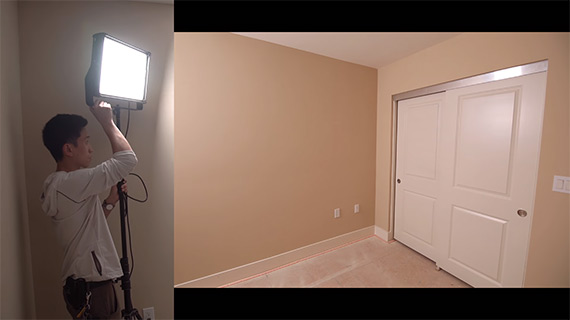
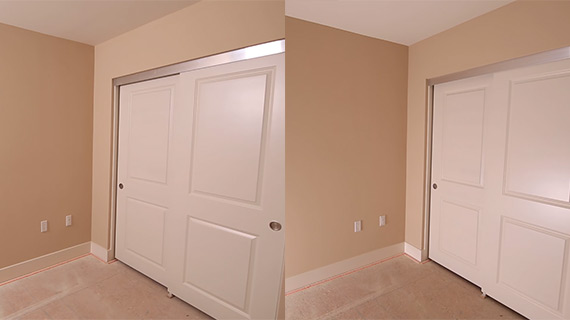
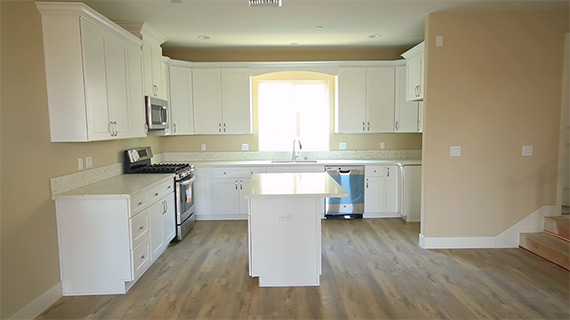
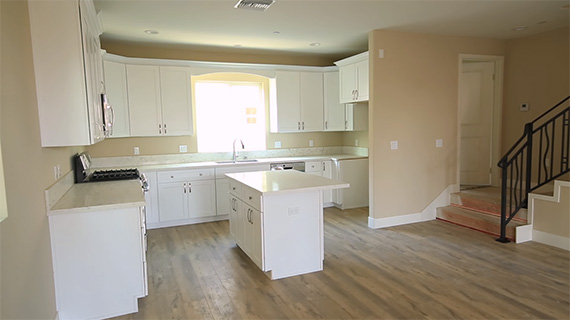






Leave a Reply